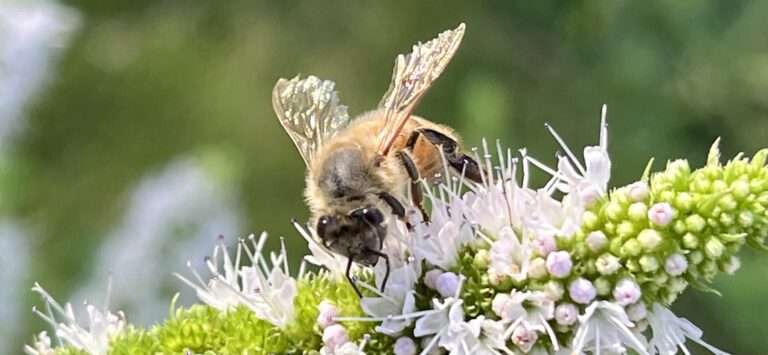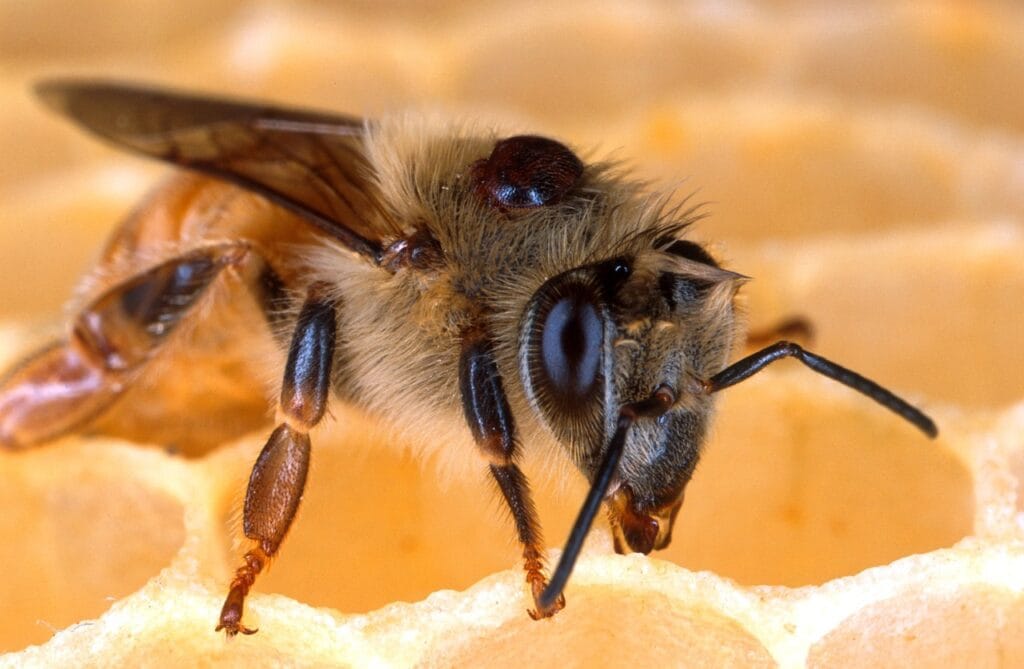Here’s a quick month-by-month beekeeping chores calendar to help guide you through a full year of hive management. Usually the Spring and Fall require the most labor during the year.
– – –
Adjust Timing Slightly for your Local Climate and Nectar Flows
JANUARY
- Verify Hive Weight (heft) to assess winter stores.
- Clear entrances of debris or predators.
- Treat for Varroa with oxalic or lactic acid dribble/vapor[1].
- Combine or insulate weak colonies (under ~4 frames of bees)[1].
FEBRUARY
- Continue store checks; emergency-feed fondant or frames of honey if light[1].
- Treat Varroa (second oxalic/lactic acid application)[1].
- Clean, repair, paint equipment; order supplies (nucs, queens, hive bodies)[2][1].
- Prepare fresh frames of foundation.
MARCH
- Open for a brief inspection on a warm, calm day: check queen-right status and stores[2].
- Begin 1:1 syrup feeding if needed; supply pollen substitute for brood buildup[2].
- Monitor Varroa by sugar shake or alcohol wash; treat if thresholds exceeded[2].
- Plan splits or re-queening if weather permits.
APRIL
- Start regular full inspections every 7–10 days: queen, brood pattern, space, brood diseases.
- Ease out old comb to frame edges for replacement.
- Add first honey super when 75% of brood frames are drawn[1].
- Continue Varroa monitoring and pre-super treatment if needed.
MAY
- Conduct weekly inspections: watch for queen cells (swarm prevention)[1].
- Add additional supers as necessary.
- Remove and extract any early-season honey crops.
- Maintain Varroa controls between treatments.
JUNE
- Continue supering and extracting excess honey.
- Monitor and treat Varroa (non-chemical options under supers)[1].
- Inspect for disease and maintain adequate space.
- Reduce entrance size to discourage robbing by wasps and other bees.
JULY
- Final honey extraction from main flow.
- Replace or clean used supers, store for next season.
- Continue entrance reductions against robbers[1].
- Perform mid-summer Varroa treatment if mite counts rise.
AUGUST
- Finish honey removal; avoid harvesting beyond mid-month to allow fall nectar storage.
- Perform a full disease inspection and treat Varroa with Apiguard or equivalent[1].
- Unite weak colonies; clean and store clean supers and frames.
SEPTEMBER
- Estimate food stores by heft; feed 2:1 syrup to reach ~80–90 lb honey equivalent for winter[2].
- Remove any remaining Varroa treatments; monitor mite drop.
- Install mouse guards and woodpecker shields.
OCTOBER
- Ensure adequate ventilation (inner cover vents, moisture quilt).
- Final checks on stores; emergency-feed fondant or syrup if hive feels light.
- Sort, repair, and clean spare equipment for storage[1].
NOVEMBER
- Check entrances remain clear.
- Sterilize and mend stored equipment; restock basic supplies (smokers, gloves).
- Review colony records; plan improvements for next year.
DECEMBER
- Repeat treatments for Varroa (oxalic/lactic acid) if weather allows dribble applications inside hive[1].
- Ensure no predator obstruction at entrances.
- Continue education: attend club meetings, read, and plan spring expansions.
– – –
Tailor each month’s activities to local weather and colony strength.
Frequent record-keeping and seasonal adjustment will ensure healthy, productive hives year after year.
⁂



